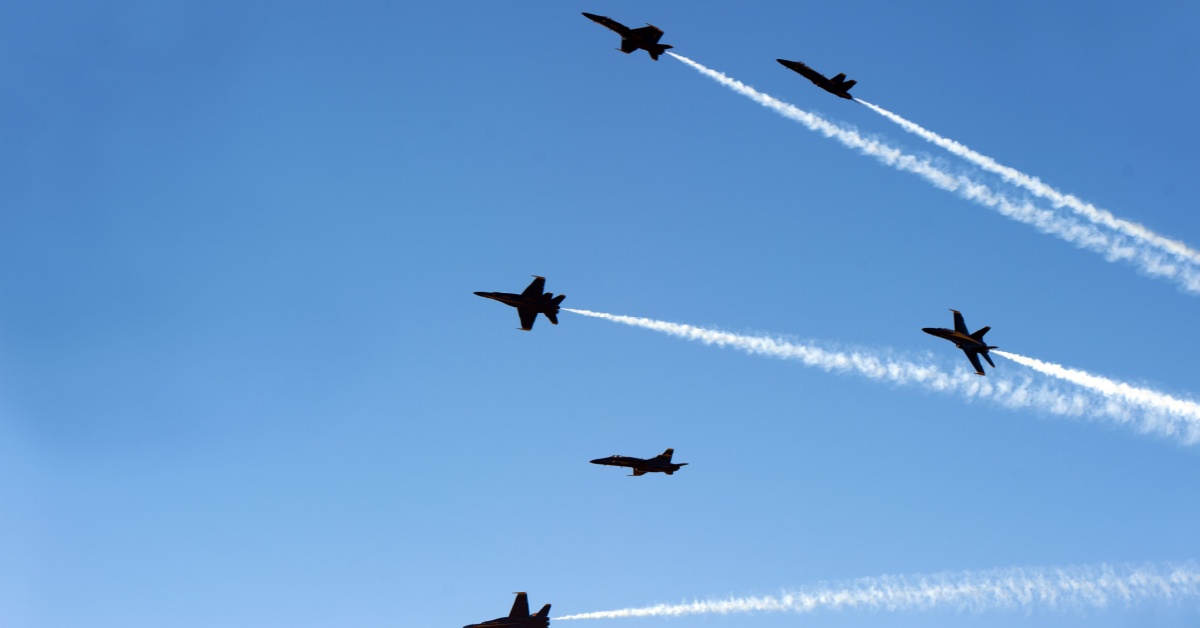US Navy’s ‘Friendly Fire’ Fiasco: Shooting Ourselves in the Sky

In a display of military precision gone awry, the U.S. Navy recently managed to shoot down one of its own F/A-18 Super Hornet fighter jets over the Red Sea. Yes, you heard that right. The guided-missile cruiser USS Gettysburg, part of the USS Harry S. Truman Carrier Strike Group, mistakenly identified the jet as a threat and promptly took it out. Both pilots ejected safely, with one sustaining minor injuries.
Now, one might wonder how a state-of-the-art warship, equipped with the latest in radar and identification technology, could confuse a friendly aircraft for an enemy target. It’s not as if our jets are flying incognito, lacking the requisite transponders or communication links. This incident raises serious questions about the training and protocols in place to prevent such ‘friendly fire’ mishaps.
The Navy has assured us that a comprehensive investigation is underway. Let’s hope it yields more than just a slap on the wrist and a ‘we’ll do better next time’ memo.
This isn’t the first time we’ve seen such blunders. History is replete with examples of friendly fire incidents, each more baffling than the last. One would think that with advancements in technology and strategy, we’d have moved past these costly errors. Yet, here we are, in 2024, shooting down our own planes. The timing of this incident is particularly concerning.
The Red Sea has become a hotspot of activity, with Iranian-backed Houthi rebels in Yemen launching attacks on shipping lanes and even targeting Israel directly. The U.S. military has been conducting airstrikes against these rebels, aiming to curb their aggression and protect international waters.
In such a volatile environment, the margin for error is slim. Misidentifying a friendly aircraft not only endangers the lives of our service members but also undermines the credibility and effectiveness of our military operations in the region. It’s a gift to our adversaries, showcasing a level of incompetence that they can exploit. Moreover, this incident has broader implications for our national security. If our naval forces are prone to such errors, it raises doubts about our readiness to face more sophisticated threats.
The world is watching, and incidents like these do little to bolster confidence in America’s military prowess. It’s also worth considering the morale of our service members. Knowing that they could be targeted by their own forces due to procedural failures or miscommunication is hardly reassuring. Our men and women in uniform deserve better. They deserve to operate in an environment where every measure is taken to ensure their safety, especially from friendly forces.
So, what’s the solution? For starters, a thorough and transparent investigation is essential. Those responsible for this blunder must be held accountable, and systemic issues need to be addressed. This includes revisiting training programs, communication protocols, and the technology used to identify friend from foe. Additionally, there must be a renewed emphasis on leadership within the ranks.
Commanders should foster a culture where vigilance and accuracy are paramount. Complacency has no place in the military, especially when the stakes are this high. In conclusion, while human error is an inevitable part of any large organization, the frequency and severity of these friendly fire incidents within our military are unacceptable.
It’s time for a comprehensive overhaul to ensure that our forces can operate effectively without the fear of being targeted by their own. The American people expect and deserve a military that is both competent and reliable. Let’s not disappoint them.
